Contemporary Art and Naoshima: Embracing a World Without Answers
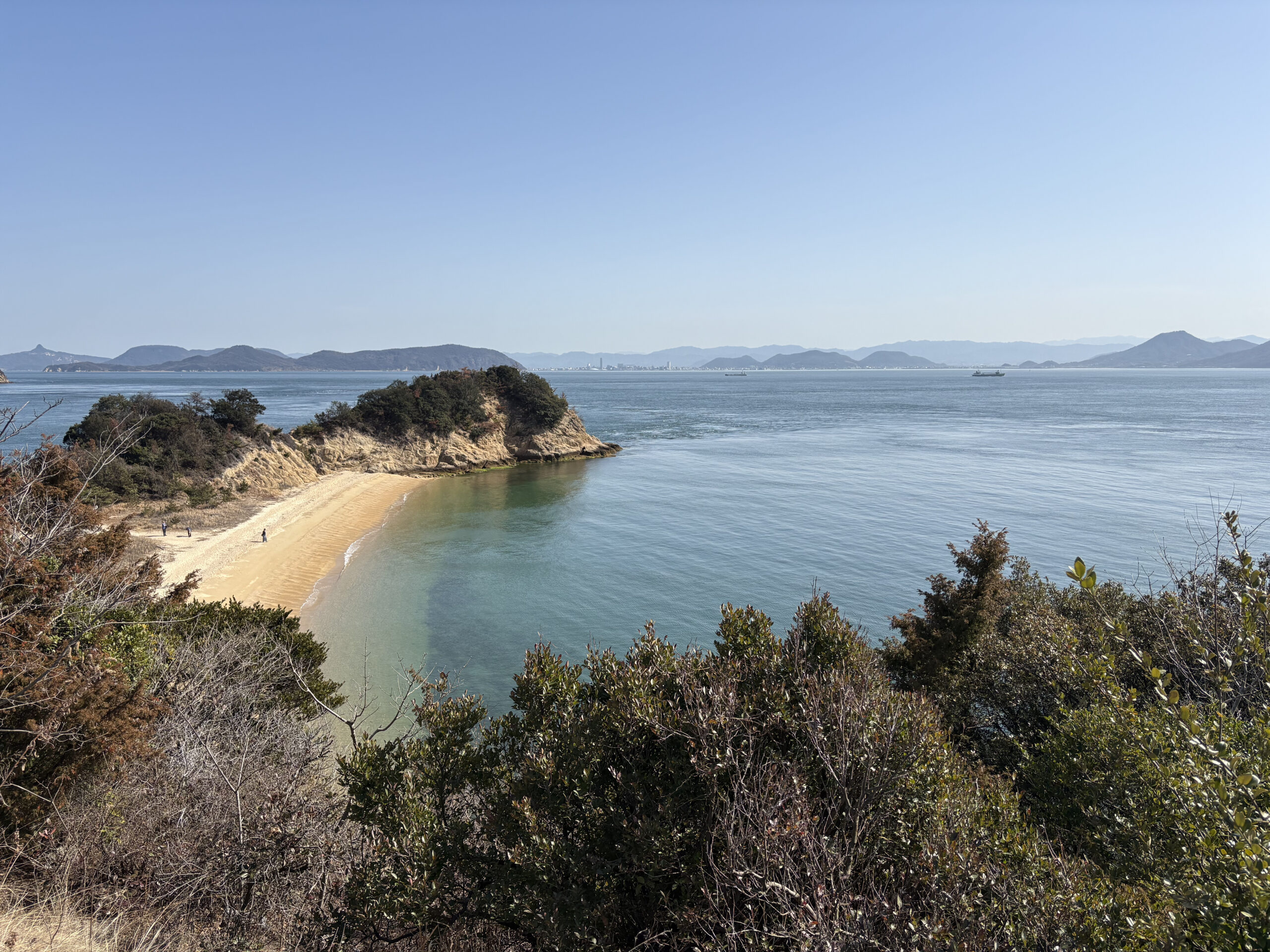
Naoshima has emerged as a global hub for contemporary art, attracting visitors from around the world.
However, many people still wonder: what exactly is contemporary art? This is a perfectly valid question.
Like trying to understand someone’s thoughts, contemporary art often defies clear definitions—its essence lies in the undefined.
Humans have an innate desire for answers.
We seek reassurance in shared conclusions, and this tendency has been proven by science.
Living in a world of certainty might be comfortable, but is it truly necessary?
What if, like Naoshima, we embraced the beauty of ambiguity and uncertainty?
Naoshima provides just that.
Consider the Chichu Art Museum and its Monet’s Water Lilies—the changing light throughout the day transforms the piece into something never the same.
There is no “correct” interpretation. The experience is about being present, feeling, and existing in that moment.
Similarly, works like Yayoi Kusama’s Pumpkin and James Turrell’s light installations reflect this sense of openness.
They invite viewers to engage without the need for answers, allowing personal interpretations to flourish. Naoshima is a space where such “answerless” experiences come alive.
Point 1: Chichu Art Museum and the Resonance with Nature
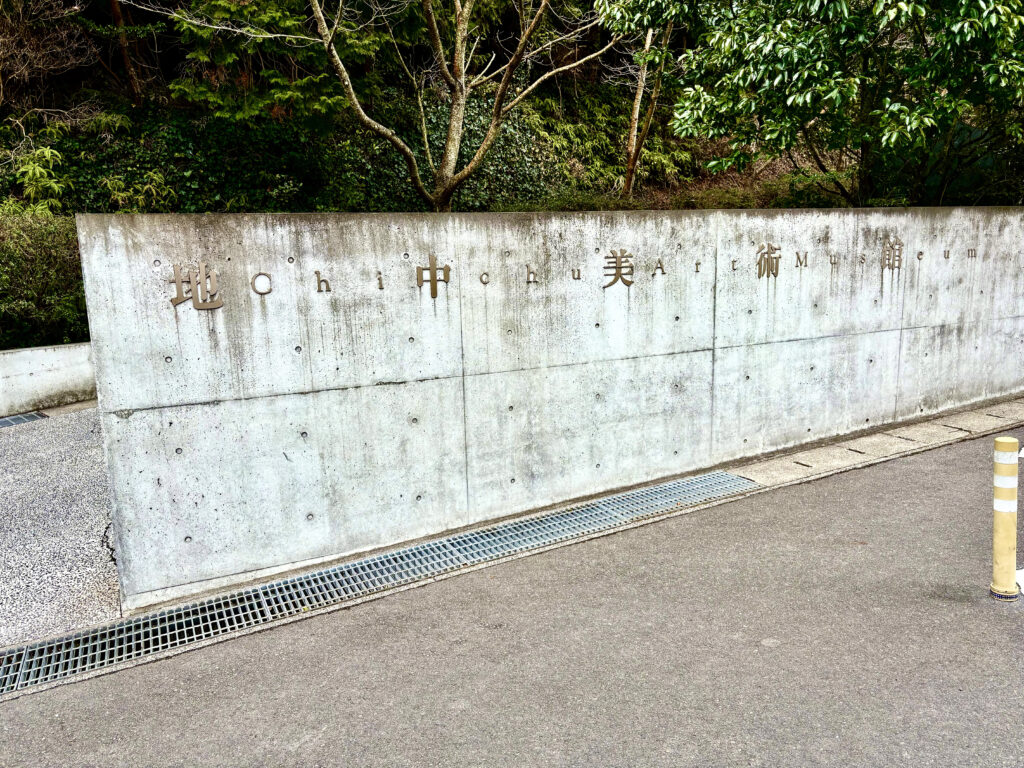
The Chichu Art Museum stands as a groundbreaking space where underground galleries let natural light filter in, transforming works like Monet’s Water Lilies.
The piece shifts and evolves with the light, refusing a single, fixed meaning.
It’s about simply being there, observing, and experiencing the depth of the moment without searching for answers.
Point 2: Yayoi Kusama’s Pumpkin
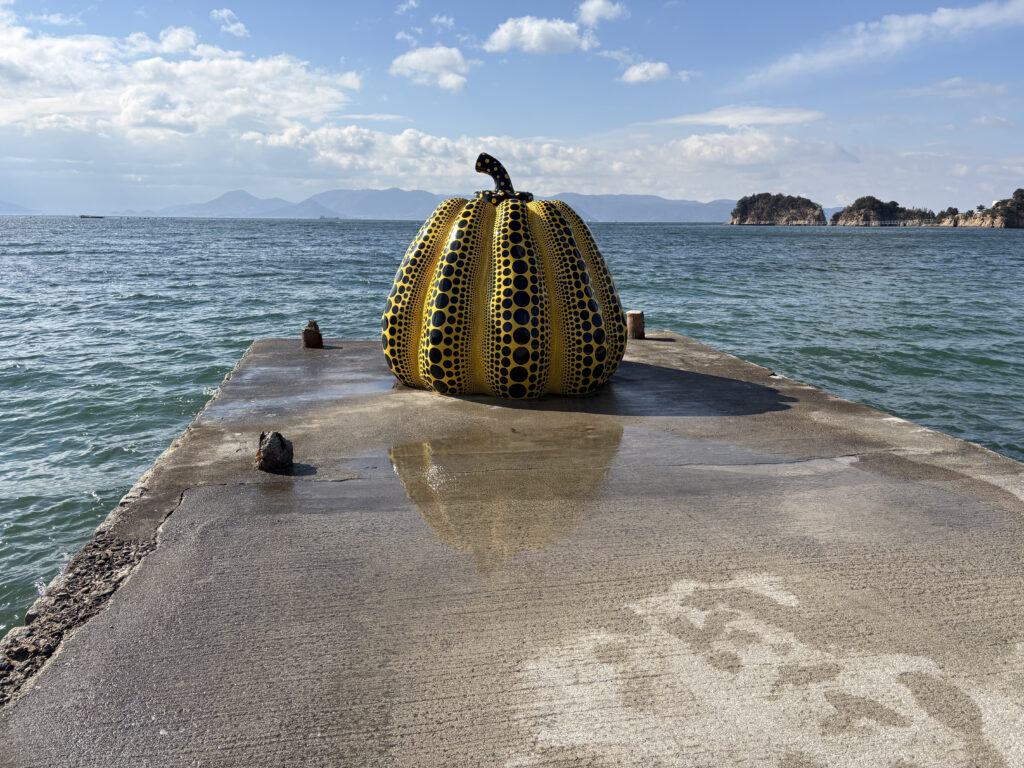
One of Naoshima’s most iconic pieces is Kusama’s Pumpkin.
From every angle, the pumpkin captivates the viewer, offering infinite interpretations rather than a singular meaning.
There is no correct answer—it’s up to the viewer to find their own personal connection.
Point 3: James Turrell’s Light Installations

Source:ikawa daiki
James Turrell’s installations immerse viewers in changing light and space, creating a transcendent experience that moves beyond conventional understanding.
His work encourages viewers to look inward, exploring the silence and vastness of space.
Like Kusama and Monet, Turrell’s pieces offer no definitive answers, but rather an opportunity for self-reflection.
Point 4: Harmony Between Art and Nature
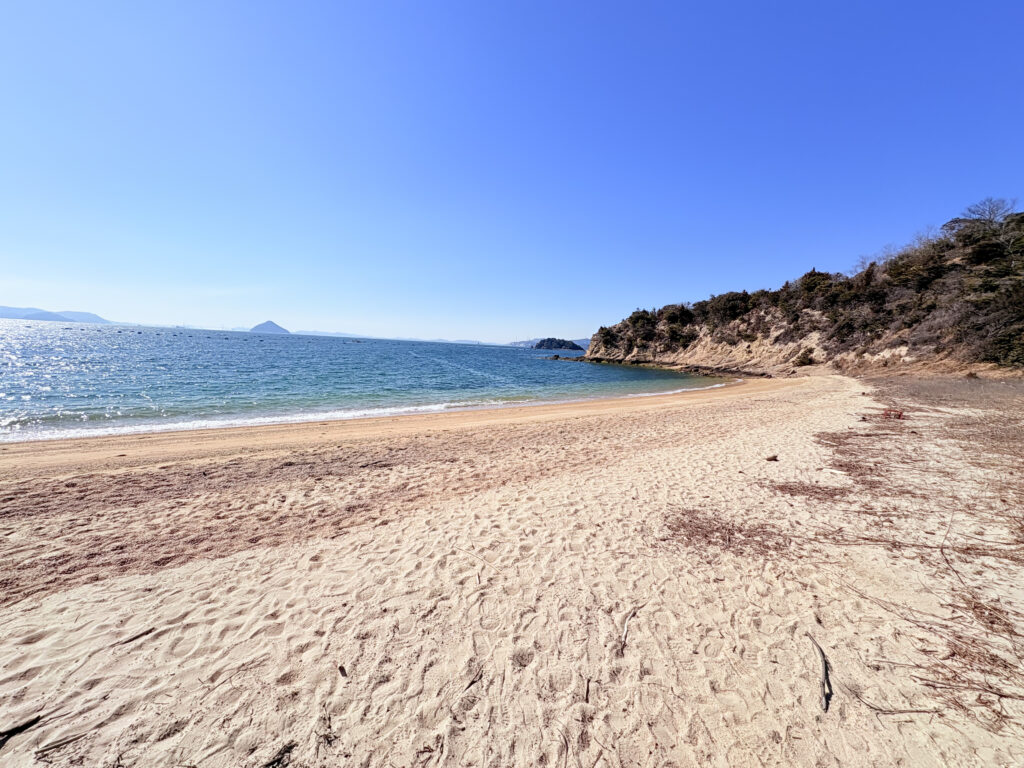
Naoshima’s charm lies in the seamless integration of art and nature.
The island itself becomes an artwork, with natural landscapes coexisting alongside human creativity.
In this environment, the pursuit of answers fades, replaced by a deep sense of connection with the world around you.
Point 5: Inner Exploration Through Contemporary Art
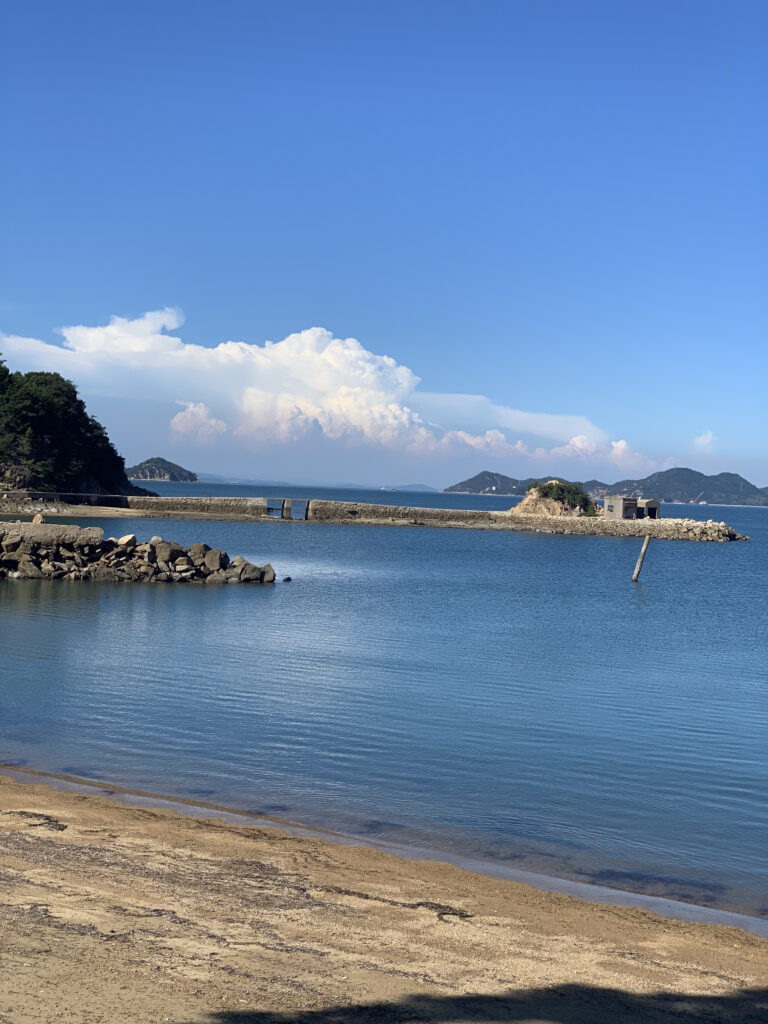
Contemporary art is not about finding answers; it’s about engaging in the process of discovery.
Naoshima invites visitors to look within, to explore their own thoughts and emotions, fostering a deeper understanding of themselves and the world.
Naoshima offers not a search for answers, but a journey of self-discovery and exploration, where contemporary art opens doors to infinite possibilities.
